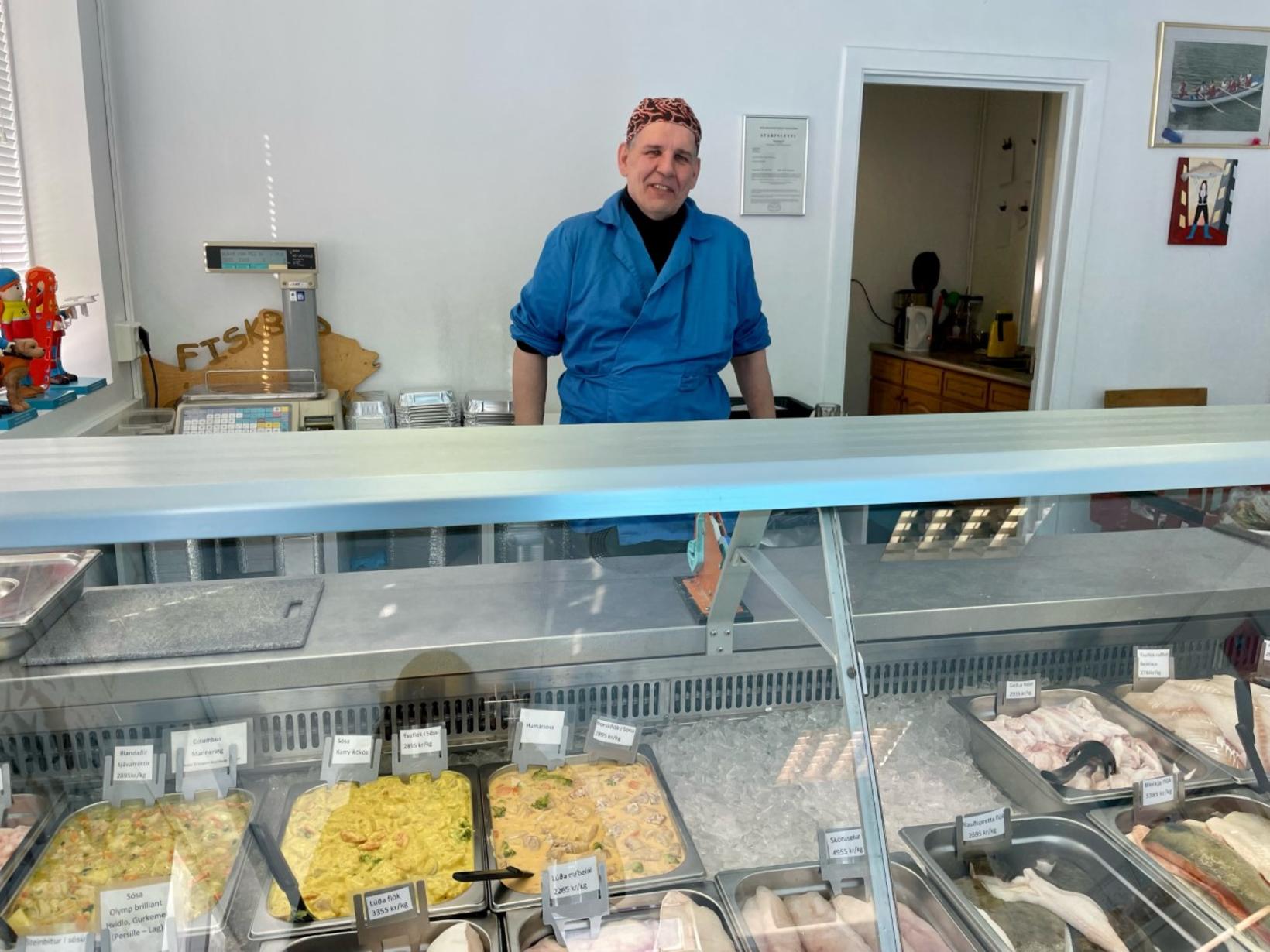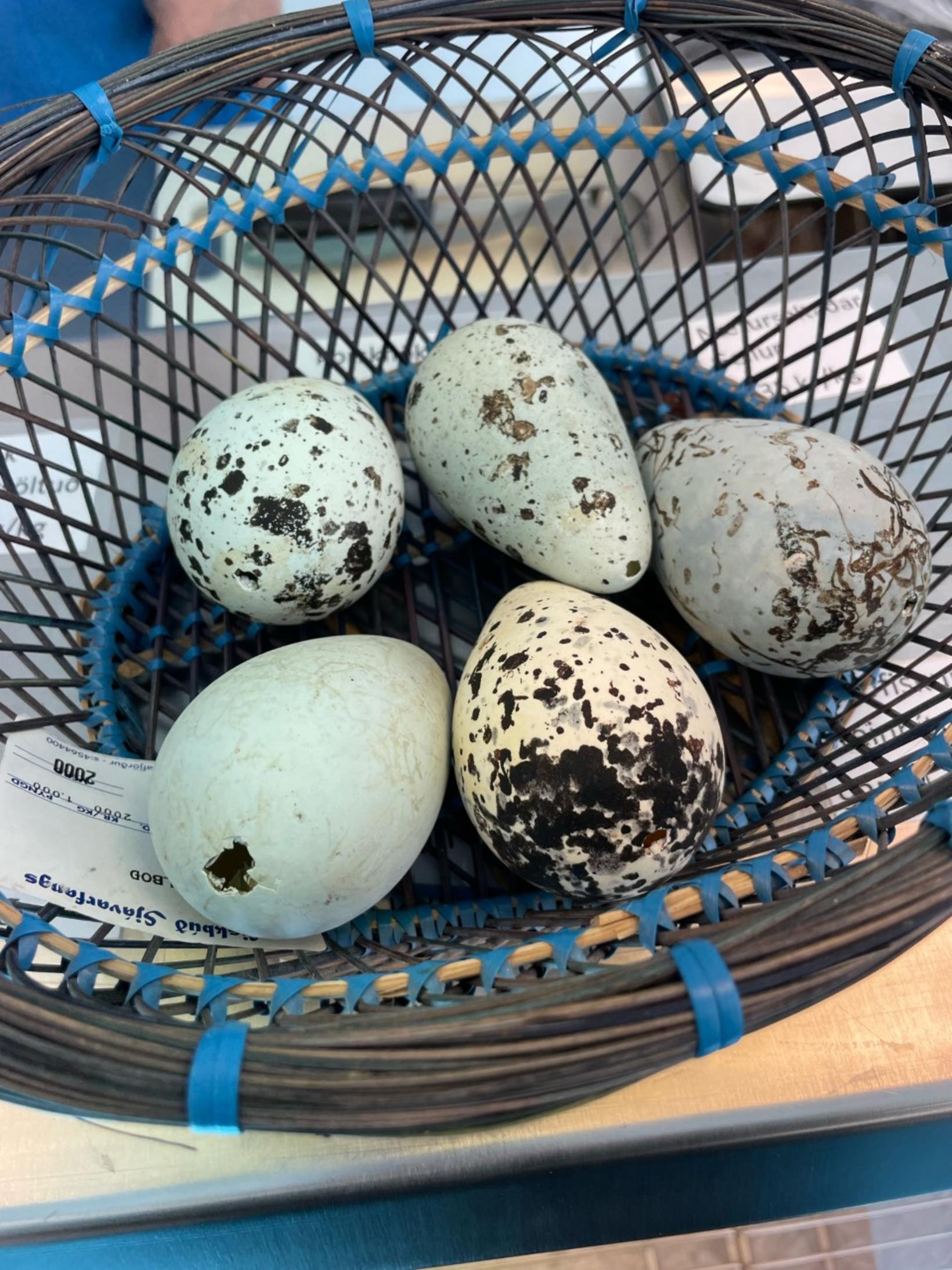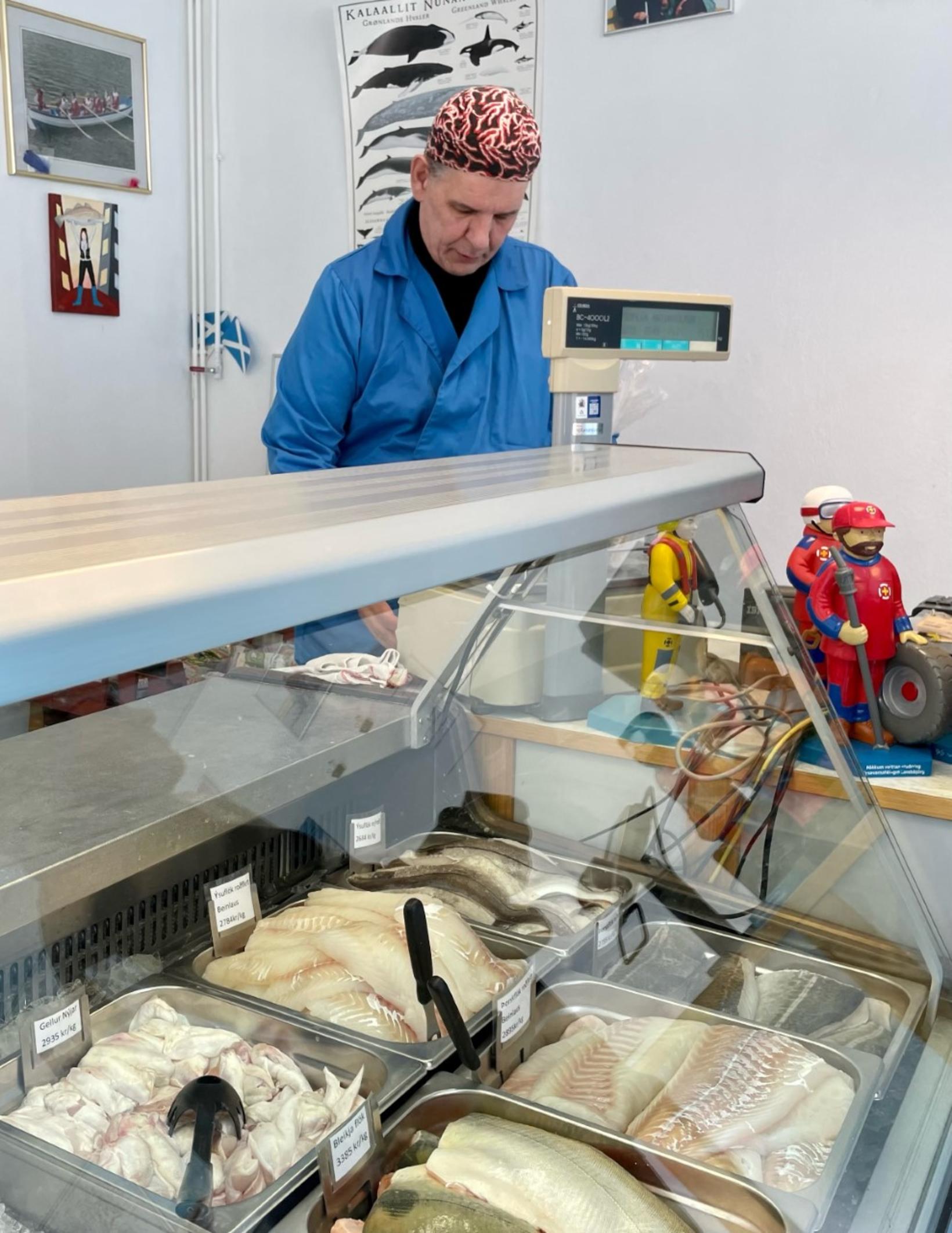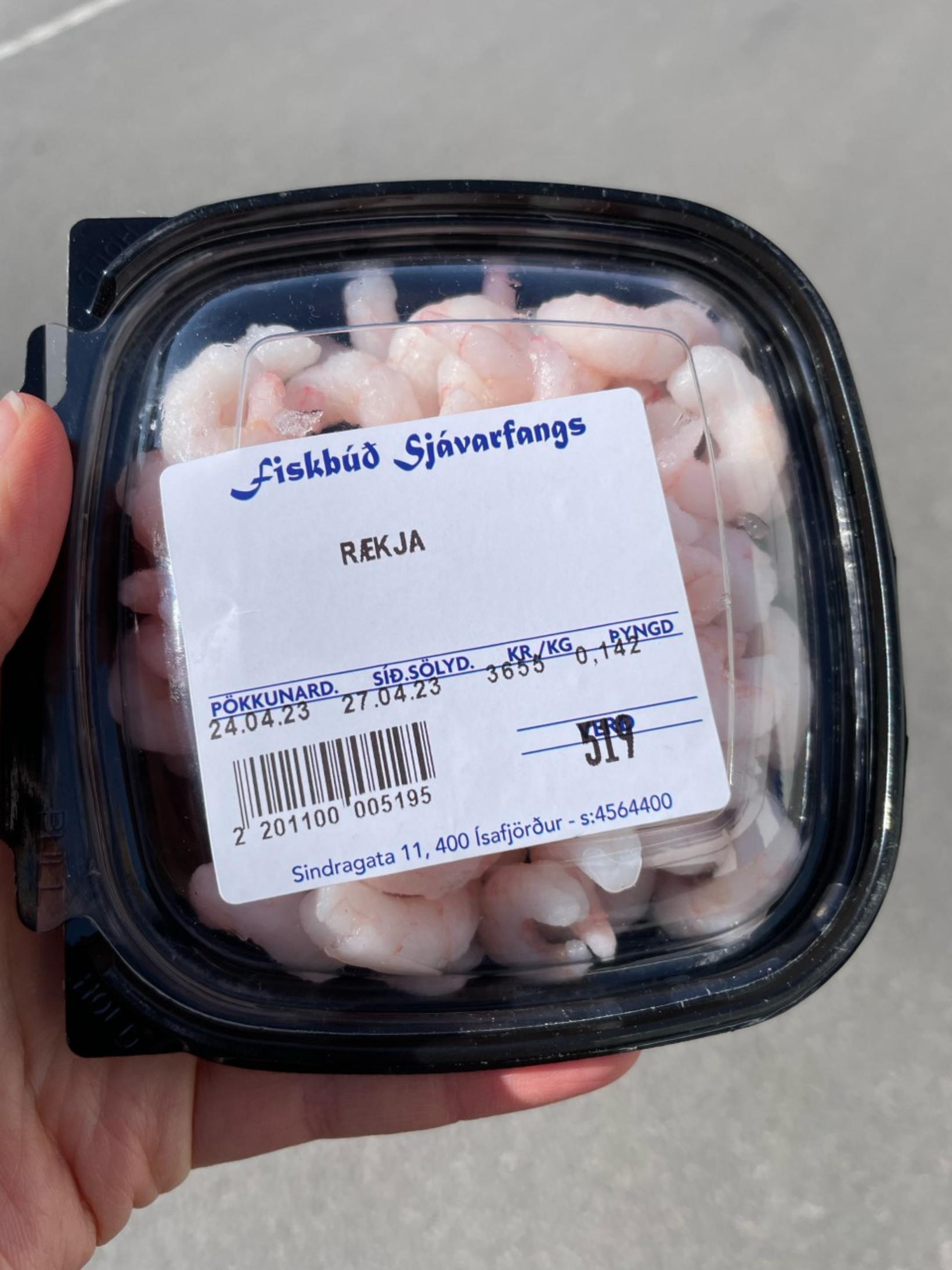Fish in the Westfjords: A question of perspective
Fish is always an option in the Westfjords. And yet there is only one fish stall there. This is its story.
Driving towards Ísafjörður, dried fish huts greet you at the roadside. Approaching by plane, the harbour is omnipresent. Tourists arriving by cruise ship to the capital of the Westfjords are often welcomed by Kári Þór Jóhannsson. He runs the only fish stall in the region whose ups and downs are so closely tied to fishing. And he is a living example of the transformation of his homeland.
"Fish is always an option," says the 58-year-old with a knowing grin. "It's just a question of what you make of it." He himself made a shop right at the pier out of it when his previous job in the refrigeration of a fish factory fell away with its closure, and the new university center moved in in 2005. Until then, even in Ísafjörður, the cradle of the Icelandic fish industry, there was no place where you could buy the catch of the day fresh at the counter.
Today, Kári, who first signed on with a fishing boat at the age of 14, sells ling, halibut, shrimp, various sauces, dried fish, bread and sweet snacks. He gets the fish from local fishermen in the village and neighbouring Bolungarvik, he tells. What is caught goes over the counter, garnished with many stories.
Like the one about "world's first barcode" in the form of the pattern on guillemot and razorbill eggs, which the females use to recognise each individual egg and where it was laid. He immediately conjures up a few examples from under the counter. "This will be the next big thing." Or, he. May tell you about the biotech start-up, also based in Ísafjörður, that aims to revolutionise wound healing using cod skin. Or he might share stories about reduced fishing quotas, which in the 1980s contributed to the population decline in the Westfjords. Which resulted in the region losing up to 34 percent of its residents - with corresponding economic consequences.
But because fish is always an option, this trend seems to be reserving in recent years. The municipality of Ísafjörður, which shrank by around 800 inhabitants between 1998 and 2017, is slowly growing again. In January, just under 3000 people lived there, according to Statistics Iceland. This is due to the effect of Norwegian companies establishing salmon aquaculture in the Westfjords, which create jobs. They are not without controversy in the region. Kári, however, believes: "I think it's good, it ensures that more people move here again. And somehow the world's population has to be fed. It's always a question of perspective.“
The change does not scare him, not even his own from former fisherman to part-time tour guide. He likes to entertain tourists with his family tree, which he can trace back to Norway and Ireland as far as the third century, and which somehow makes him a showcase islander.
Over 200 ships are expected to drop off more than 245,000 passengers in Ísafjörður this summer. On one day it could be even more than 8,000 guests. Kari’s cash register is likely to be ringing. Once before, a ship bought fish for an entire tour through him. Will his small fish stall be able to keep up with the demand in the long run? Kári sees no problem here either. "If it gets too small, I can knock down this wall here and have twice as much space." He laughs. Fish is always an option.





/frimg/1/57/93/1579337.jpg)
/frimg/1/57/94/1579405.jpg)




